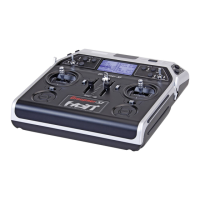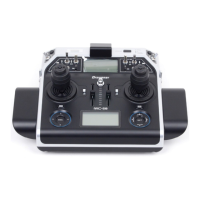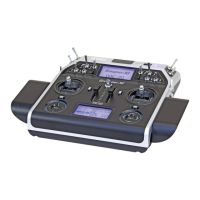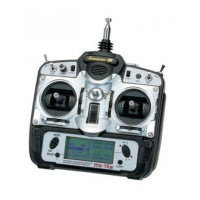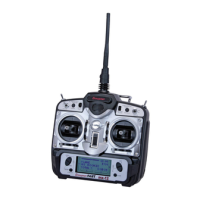165
What is a mixer?
What is a mixer?
Basic functionality
With many models, a mix of the model’s functions
is often desirable, i. e. coupling aileron to rudder or
coupling two servos together, in cases where rudder
control surfaces with the same functionality are to be
controlled together using a single servo. In all cases,
the signal flow at the “output” of the control function
on the transmitter control-side “branches” – , this also
means: “downstream” of transmitter control options
such as e. g. »Dual Rate / Expo«, »Control adjust«,
»Channel 1 curve« etc. – in order for the signal to have
its predefined effect on the “input” of another control
channel and thus on another receiver output.
Example: V-tail mixer
3
3
4
Servo
4,8 V
C 577
Best.-Nr. 4101
Servo
4,8 V
C 577
Best.-Nr. 4101
4
V-tail mixer
Control channels
(receiver outputs)
Elevator stick
Rudder stick
Right rudder / elevator
Left rudder / elevator
Rudder
Elevator
Elevator
Rudder
Rudder
Elevator
The mc-16 HoTT and mc-20 HoTT transmitter
software contains a large number of pre-programmed
coupling functions as standard, which are designed to
mix together two (or more) control channels. Accord-
ingly, the mixer named in the example just above can
be activated in the “Tail type” line of the »Model type«
menu by selecting “V-tail”, see page 99.
In addition, for each model memory in the fixed-wing
and helicopter programs, the software makes available
a total of eight freely programmable linear mixers, four
freely programmable curve mixers and four dual mix-
ers; these are available as standard on the
mc-20
HoTT only.
Also be sure to read the general remarks about “free
mixers” in this manual, beginning on page 200.

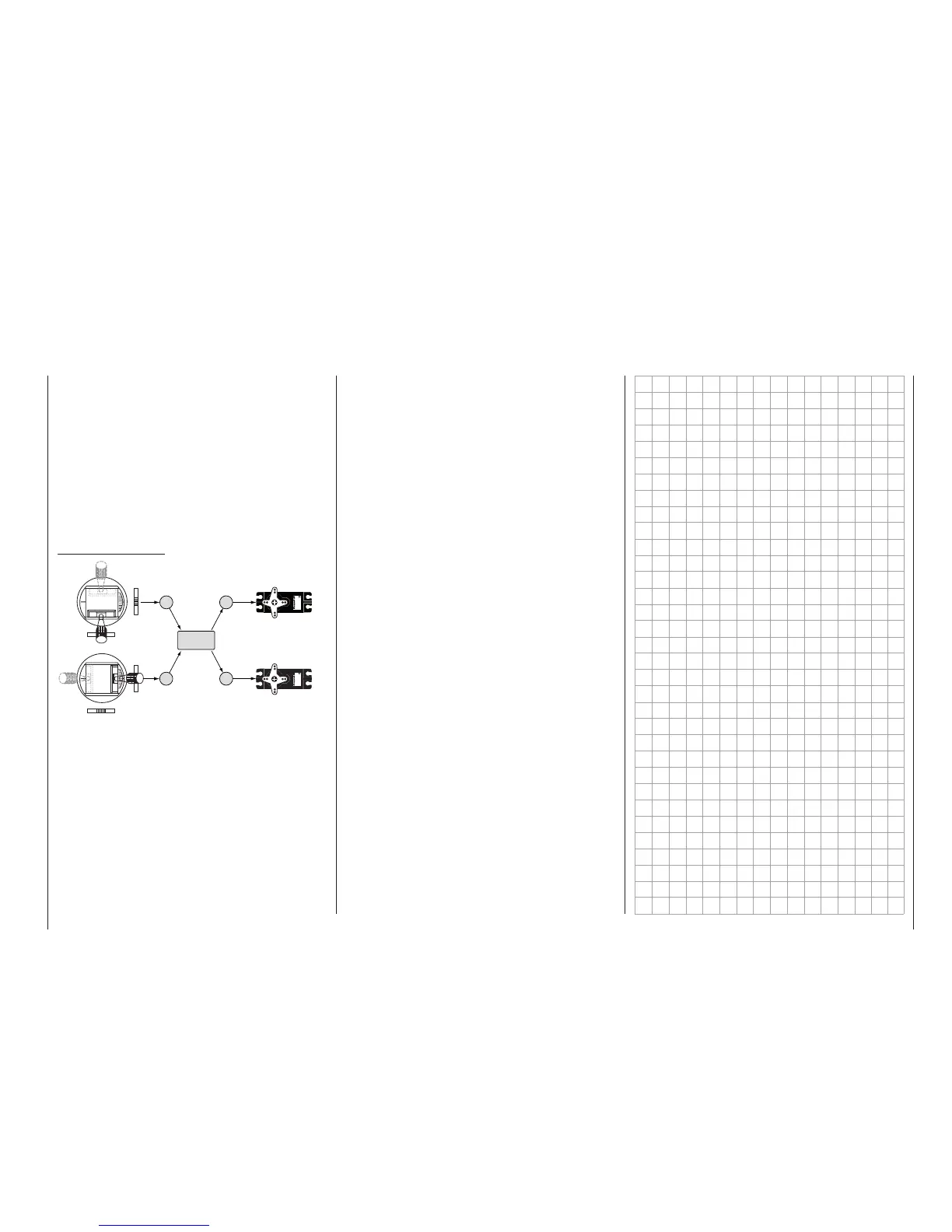